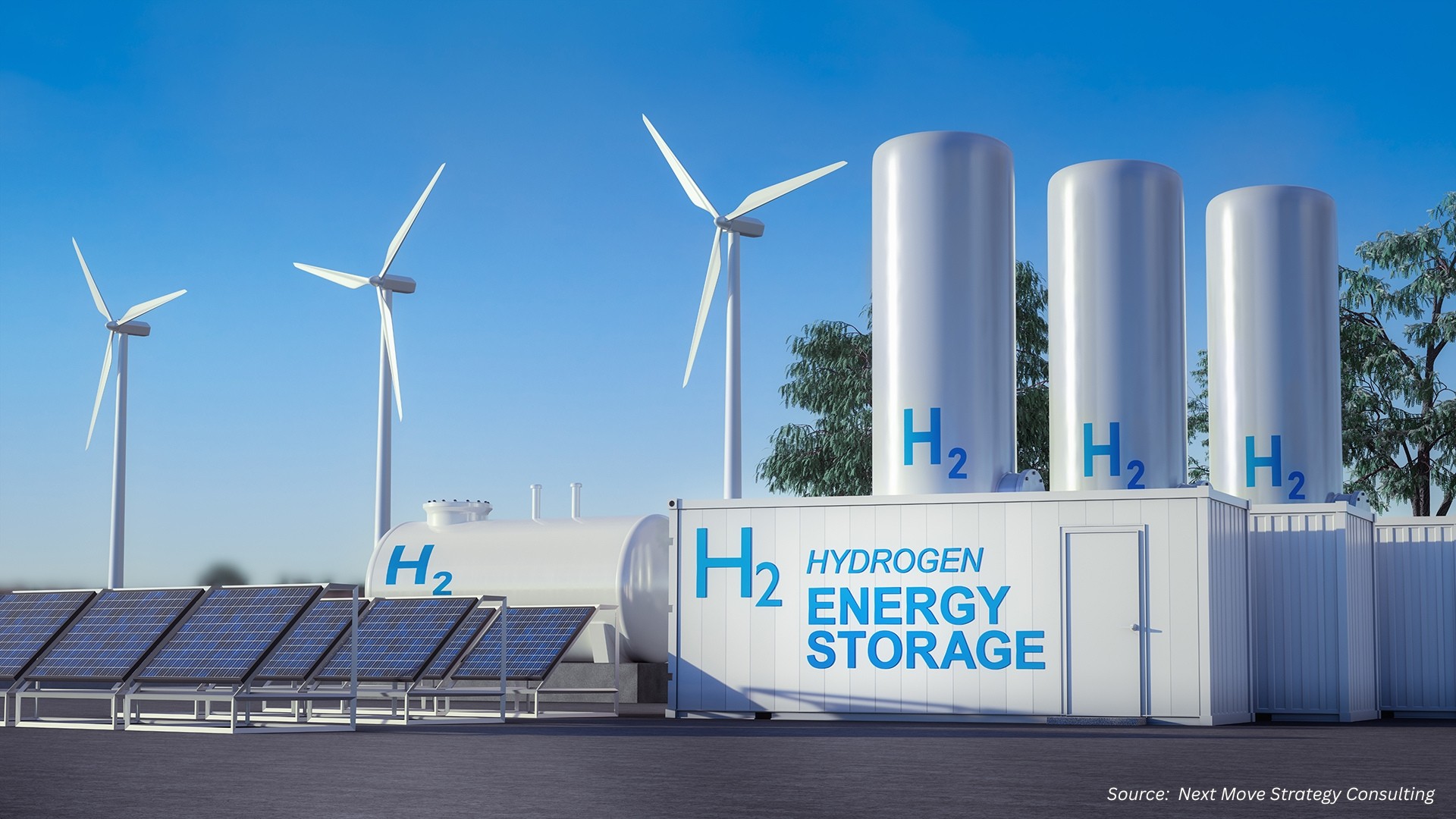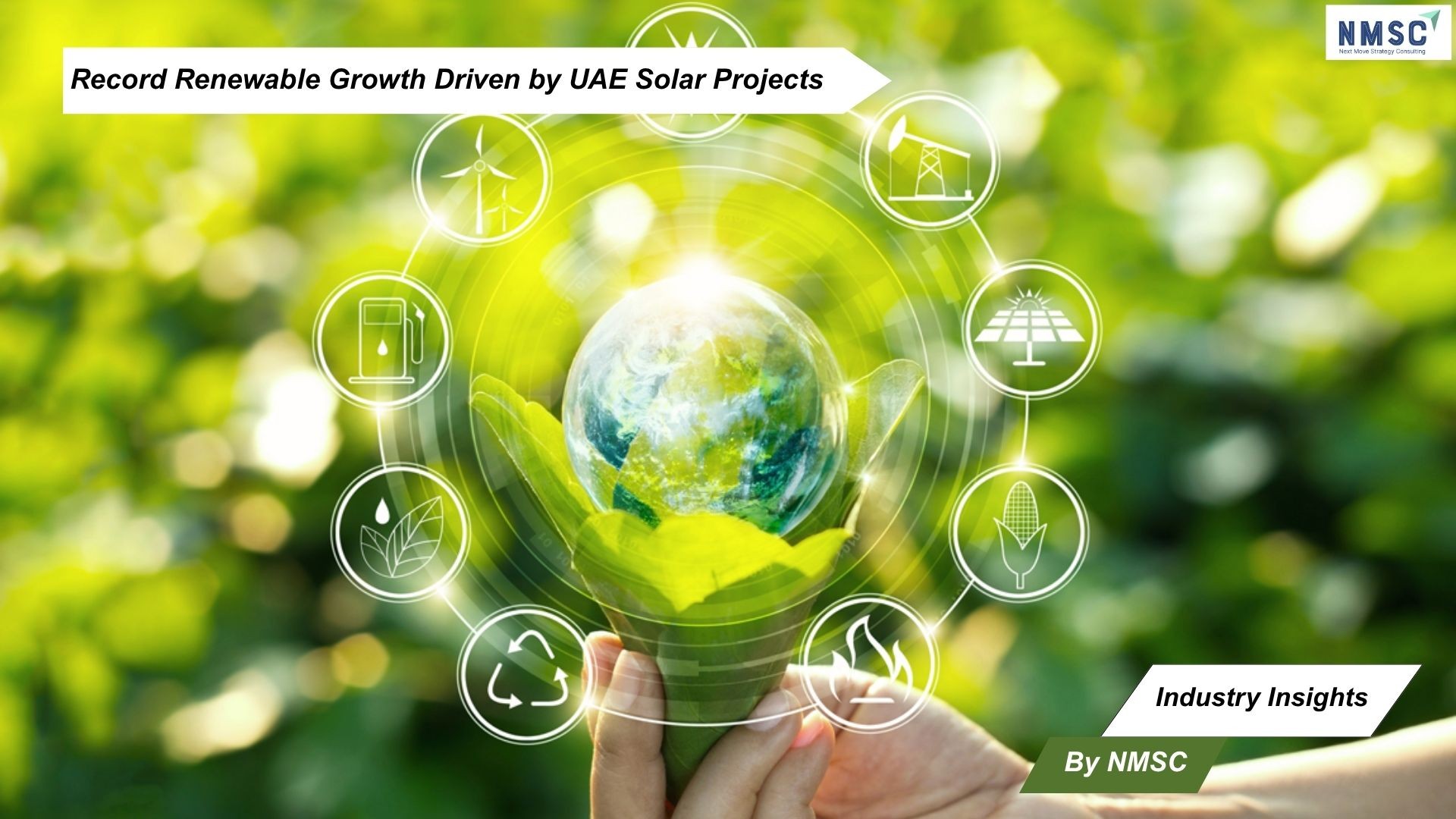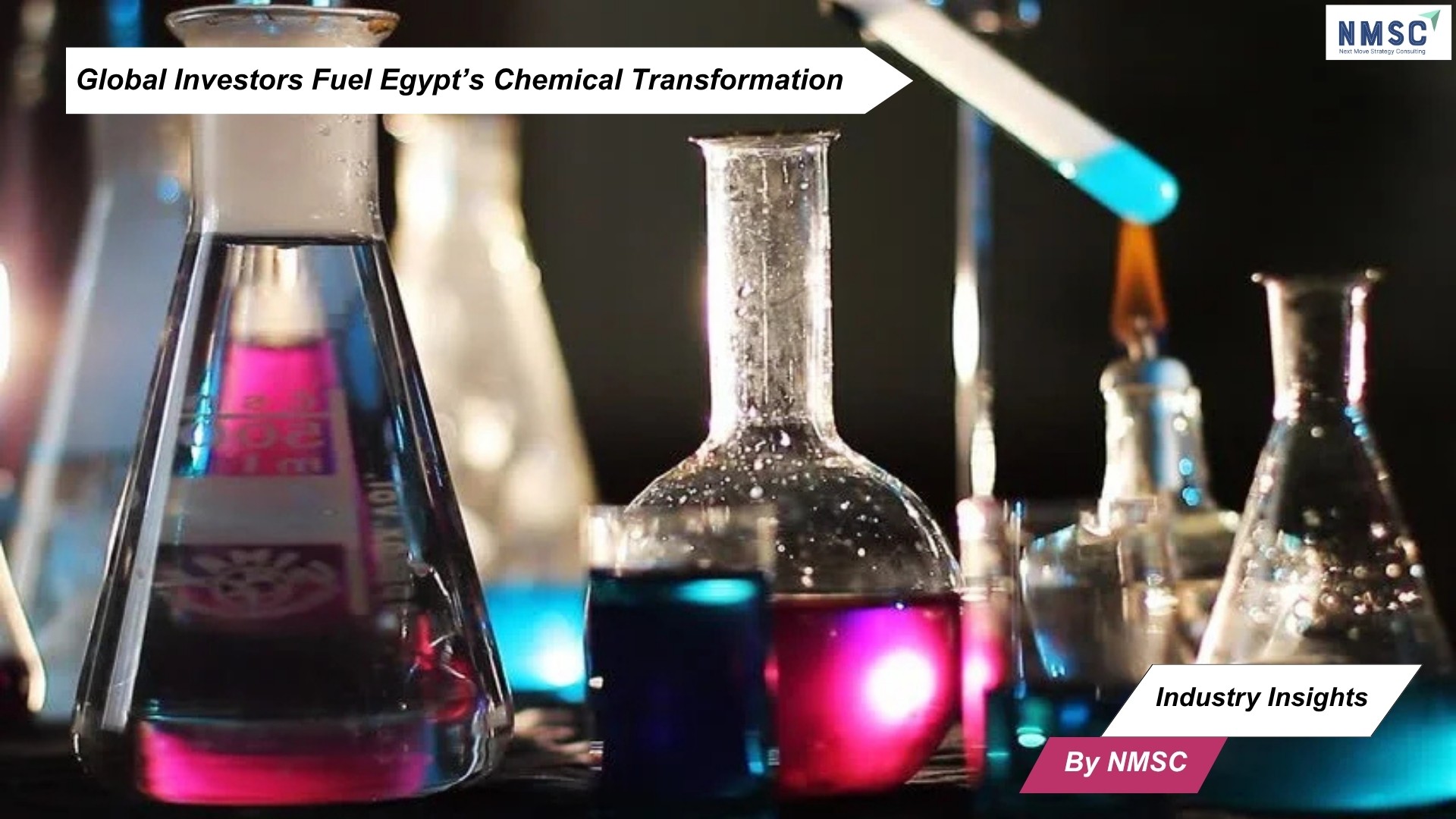Hydrogen Hubs Market: Oversight, Innovation & Global Ambitions
Published: 2025-10-10

Lede
Recent developments — a U.S. policy debate over hydrogen hub oversight, Sarawak’s ambitious plan to establish a global green hydrogen hub, and a growing emphasis on integrated, sustainable infrastructure — highlight how the Hydrogen Hubs Market is maturing from policy-driven projects toward commercially and environmentally grounded ecosystems. Together, these shifts underscore both the promise and the pressure facing hydrogen hubs: scaling technologies efficiently, navigating regulatory scrutiny, and aligning with global sustainability and industrial goals.
U.S. Hydrogen Hubs: Between Oversight and Opportunity
Latitude Media recently reported that watchdog critiques of U.S. hydrogen hub programs may have misjudged the initiative’s structure and purpose. While federal funding reviews and public debates have intensified, the analysis suggests that some of these critiques overstate financial and environmental risks while underestimating the technological and logistical complexities inherent in first-of-a-kind hydrogen infrastructure.
The article argues that the hydrogen hub framework—designed to create regional hydrogen ecosystems linking production, transport, and use—requires time and flexibility to prove its value. Early-stage challenges such as permitting delays, cross-sector coordination, and funding transparency are real but expected in such a nascent field.
Policymakers and stakeholders are being urged to balance accountability with patience: overly rigid scrutiny may deter private-sector participation and slow the energy transition, while measured support can help transform pilot hubs into scalable, clean-energy engines. The conversation now focuses on refinement rather than rejection—on making hydrogen hubs smarter, not smaller.
The projects, all partially powered by renewable energy, received federal awards ranging from $750 million to $1.2 billion through a 50% cost-sharing program. According to the Biden administration, these initiatives could generate at least 3 million metric tons of hydrogen annually — roughly one-third of the nation’s targeted hydrogen production by 2030.
Sarawak’s Vision: Building a Green Hydrogen Powerhouse
Across the Pacific, Malaysia’s Sarawak state has declared its intent to become a leading green hydrogen hub, leveraging its rich hydropower resources and global partnerships. According to Reccessary, Sarawak’s government is partnering with companies from Japan, South Korea, and Australia to build an integrated hydrogen ecosystem for production, export, and domestic energy transition.
Flagship initiatives such as H2biscus and H2ornbill aim to produce hundreds of thousands of tons of green hydrogen annually, while the newly launched Sarawak H2 Hub—a modular, shared-infrastructure complex—serves as a central platform for future producers.
This modular “plug-and-play” model enables multiple hydrogen ventures to share utilities and logistics, reducing costs and accelerating commercialization. Complementing this infrastructure, Sarawak recently commissioned its first hydrogen refueling station and announced further investments in hydrogen fuel supply chains for mobility and heavy industry.
The region’s strategy is not just about exports but about positioning Southeast Asia as an integral player in the global hydrogen economy. Its challenge: achieving cost competitiveness while maintaining sustainability credentials and attracting global investors in a tightening capital environment.
A Broader Shift: Sustainable, Scalable, and Systemic Hydrogen Growth
Together, the U.S. and Sarawak cases reflect a broader trend — the Hydrogen Hubs Market is evolving from conceptual pilot programs into complex, multi-stakeholder systems. Success is no longer defined solely by technology readiness but by cost efficiency, lifecycle sustainability, and market integration.
From the U.S. to Asia, governments are prioritizing hydrogen ecosystems that link renewable production, carbon management, and end-use sectors. The focus is on ensuring that these hubs are not isolated showcases but replicable blueprints for global decarbonization.
Hydrogen Hubs Market Heats Up as Major Players Expand Footprint
The hydrogen hubs sector is witnessing intensified competition, with leading companies like Airbus, Aramco, BayoTech, Linde plc, Shell, Chevron Iwatani, Messer Group, and FuelCell Energy driving growth through strategic partnerships, targeted investments, and large-scale infrastructure projects.
Next Move Strategy Consulting – Opinion, Impact and Near-Term Prospects
Next Move Strategy Consulting views these developments as pivotal indicators of a maturing Hydrogen Hubs Market, where strategic execution and sustainability define long-term value creation.
-
Infrastructure integration as the key differentiator: The ability to link hydrogen production, distribution, and utilization through modular and flexible systems—like Sarawak’s shared hub model—will drive competitive advantage.
-
Regulatory credibility as currency: In the U.S., transparent governance and accountable spending will determine investor confidence. Regions that balance oversight with innovation will lead the next phase of development.
-
Cost and sustainability parity: Future hubs must deliver hydrogen at <$3/kg with clear lifecycle emissions data. Green, traceable hydrogen will soon command a premium over uncertified production.
-
Public-private collaboration: The global hydrogen hub model will increasingly rely on joint ventures, technology sharing, and sovereign partnerships to achieve financial and operational feasibility.
-
Investment signals: Entities developing scalable, modular, and certified hydrogen infrastructure—particularly those integrating renewables and CCUS—are likely to attract strong funding and acquisition interest in the near term.
Practical Suggestions for Stakeholders
-
Developers: Prioritize modular, replicable hub designs with shared utilities to reduce CapEx and accelerate deployment.
-
Investors: Focus on regions and companies with proven policy frameworks, low-carbon energy inputs, and credible offtake agreements.
-
Governments: Streamline regulatory procedures, establish hydrogen certification standards, and support first-mover infrastructure through incentives.
-
Technology providers: Collaborate across the value chain—electrolyzers, compression, storage, and mobility—to ensure interoperability and cost reduction.
-
Industry alliances: Foster cross-border cooperation to align hydrogen trade, logistics, and safety standards.
Conclusion
The recent policy debates and emerging global projects—from U.S. oversight discussions to Sarawak’s green hydrogen ambitions—showcase a Hydrogen Hubs Market entering its next stage: from fragmented initiatives to integrated energy ecosystems. The future belongs to hubs that can prove scalability, transparency, and sustainability simultaneously.
Companies that align technological innovation with governance, lifecycle accountability, and cross-sector integration will be best positioned to capture market leadership as hydrogen transitions from a promising alternative to a central pillar of global clean energy infrastructure.
About Next Move Strategy Consulting
Next Move Strategy Consulting is a premier market research and management consulting firm that has been committed to provide strategically analysed well documented latest research reports to its clients. The research industry is flooded with many firms to choose from, what makes NMSC different from the rest is its top-quality research and the obsession of turning data into knowledge by dissecting every bit of it and providing fact-based research recommendation that is supported by information collected from over 500 million websites, paid databases, industry journals and one on one consultations with industry experts across a diverse range of industry sectors. The high-quality customized research reports with actionable insights and excellent end-to-end customer service help our clients to take critical business decisions that enables them to move beyond time and have competitive edge in the industry.
We have been servicing over 1000 customers globally that includes 90% of the Fortune 500 companies over a decade. Our analysts are constantly tracking various high growth markets and identifying hidden opportunities in each sector or the industry. We provide one of the industry’s best quality syndicate as well as custom research reports across 10 different industry verticals. We are committed to deliver high quality research solutions in accordance to your business needs. Our industry standard delivery solutions that ranges from the pre consultation to after-sales services, provide an excellent client experience and ensure right strategic decision making for businesses.
For more information please contact:
Next Move Strategy Consulting
5th Floor 867
Boylston St, STE 500,
Boston, MA 02116, U.S.
E-Mail: [email protected]
Direct: +18577585017
Website: www.nextmsc.com
About the Author
 Tania Dey is a highly experienced Content Writer and a passionate SEO Executive with a specialized focus on digital transformation, technology trends, and industry-focused insights. She has honed her expertise in creating compelling, data-driven content that not only enhances online visibility but also aligns with the ever-evolving demands of modern business landscapes. Her work spans a diverse range of industries, including technology, and digital services, enabling organizations to communicate their vision and value propositions effectively to both niches.
Tania Dey is a highly experienced Content Writer and a passionate SEO Executive with a specialized focus on digital transformation, technology trends, and industry-focused insights. She has honed her expertise in creating compelling, data-driven content that not only enhances online visibility but also aligns with the ever-evolving demands of modern business landscapes. Her work spans a diverse range of industries, including technology, and digital services, enabling organizations to communicate their vision and value propositions effectively to both niches.
About the Reviewer
 Sanyukta Deb is an accomplished Content Writer and Digital Marketing Strategist with extensive expertise in content strategy, SEO, and audience engagement. She specializes in building strong brand visibility through data-driven campaigns and impactful, value-added researched content. With a passion for creativity and innovation, she blends strategic thinking with design and communication to craft meaningful digital experiences. Over the years, she has contributed cross-functional marketing projects, driving measurable impact and audience engagement.
Sanyukta Deb is an accomplished Content Writer and Digital Marketing Strategist with extensive expertise in content strategy, SEO, and audience engagement. She specializes in building strong brand visibility through data-driven campaigns and impactful, value-added researched content. With a passion for creativity and innovation, she blends strategic thinking with design and communication to craft meaningful digital experiences. Over the years, she has contributed cross-functional marketing projects, driving measurable impact and audience engagement.


















Add Comment